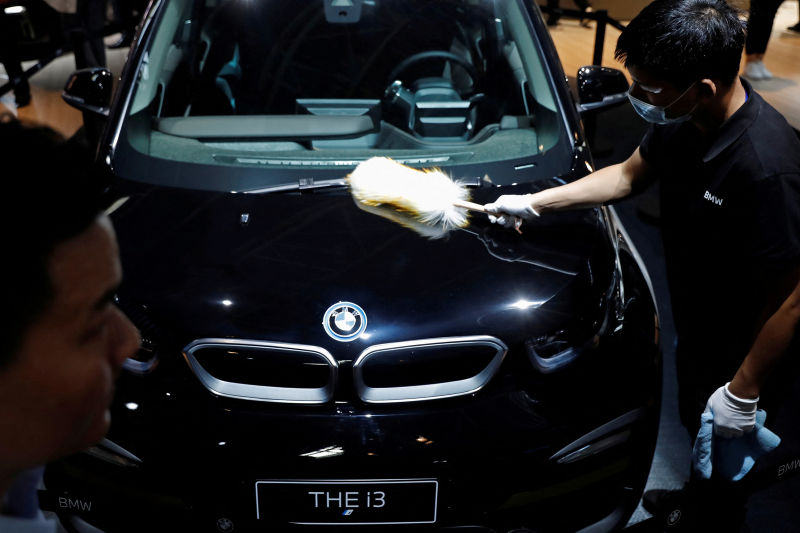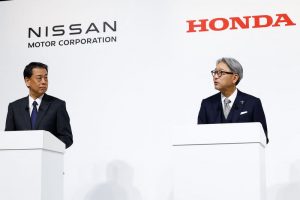Luxury German carmaker BMW said on Thursday that electric vehicle (EV) production has kicked off at its new 15 billion yuan ($2.24 billion) factory in China.
The first model that will roll off the Shenyang plant’s production lines is the i3, a mid-sized sports sedan, BMW said, increasing the range of its EV models for Chinese customers to 13 next year.
The plant, BMW’s third car assembly facility in China, will increase BMW’s annual output in the world’s biggest car market to 830,000 vehicles from 700,0000 in 2021, the company said.
The plant, BMW said, is designed to be capable of ‘flexibility’, producing battery-powered electric cars according to market demand.
Tesla and Chinese marques such as BYD dominate the booming EV market in China, with sales more than doubling from a year ago. Internal combustion engine dependent carmakers such as General Motors and Volkswagen are falling behind.
Nearly a quarter of the cars sold in China in the first five months of this year were powered by batteries, according to the China Association of Automotive Manufacturers.
BMW sold 208,507 vehicles in China, its biggest market, in the first quarter, marking a 9.2% drop from a year ago, according to a company filing.
- Reuters, with additional editing by George Russell
READ MORE:
BMW looks to China JV, electric cars to deliver higher margins
BMW’s Chinese JV partner Brilliance starts bankruptcy rejig
China’s BYD Outsells Top Four EV Rivals Combined This Year
























